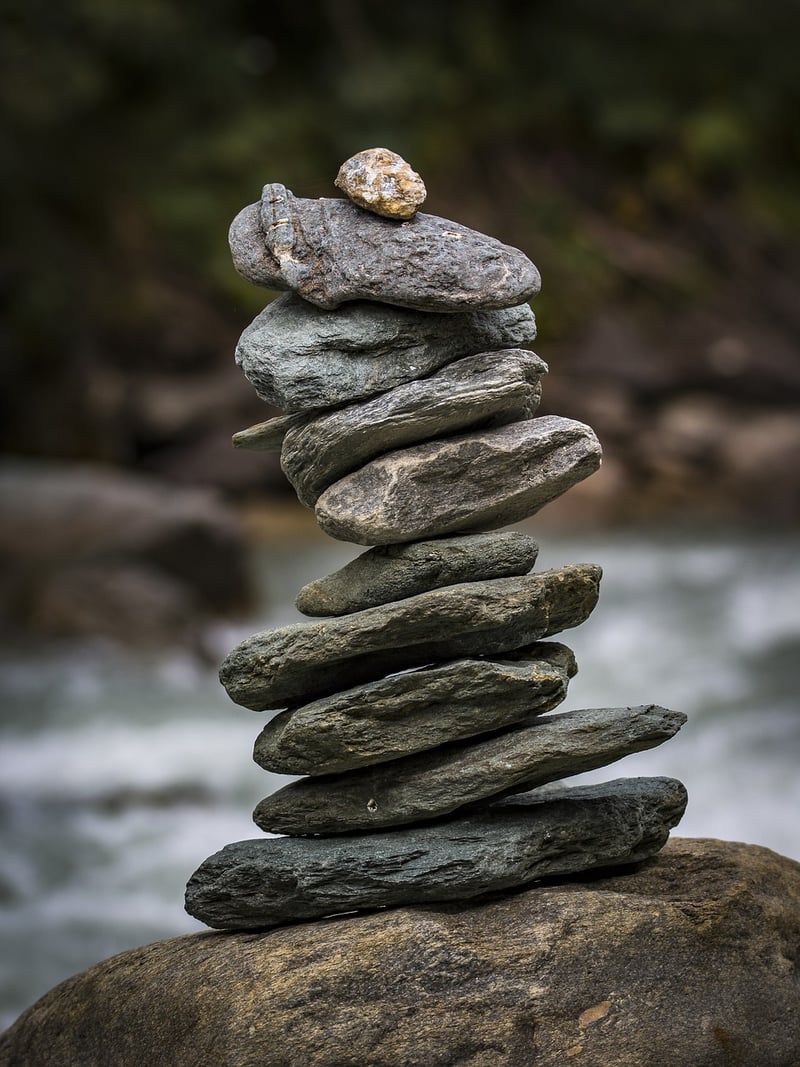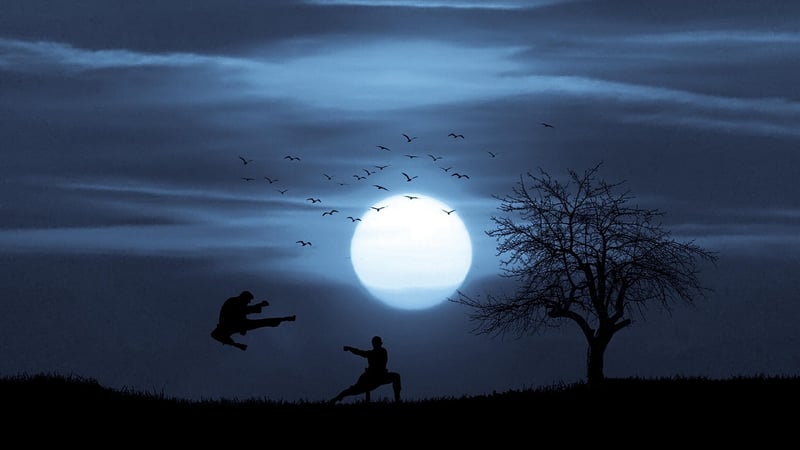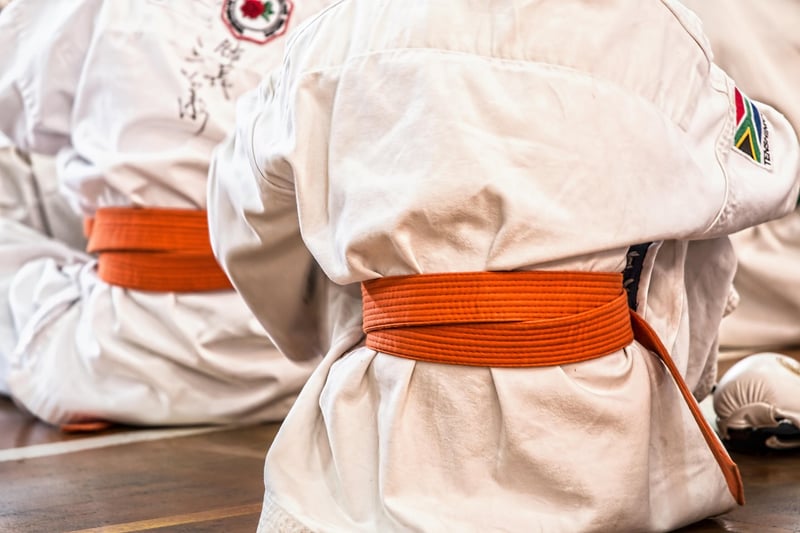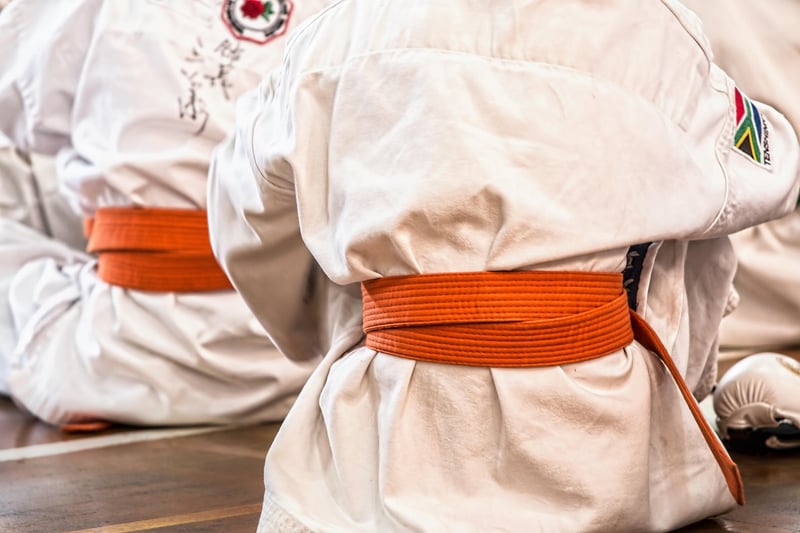Martial arts origins
Ancient Art Promoting Balance and Energy Flow
Ancient civilizations have long recognized the importance of balance and energy flow in maintaining overall well-being. This concept is reflected in various forms of art that have stood the test of time and continue to inspire and intrigue us today.
Yin and Yang in Chinese Art
In Chinese art, the concept of Yin and Yang is central to promoting balance and harmony. This philosophy symbolizes the dualistic nature of existence, where opposite forces are interconnected and interdependent. Artists often depict this balance through contrasting elements such as light and dark, soft and hard, and stillness and movement.

Energy Flow in Japanese Art
Japanese art, particularly in traditional practices like Ikebana (flower arranging) and Zen gardens, emphasizes the flow of energy or "Qi." By arranging elements in a harmonious way, artists aim to create a sense of tranquility and balance that allows Qi to move freely.

The Origins of Martial Arts
Martial arts have deep roots in ancient civilizations and were often intertwined with spiritual and philosophical teachings that emphasized balance, discipline, and self-improvement.
Chinese Martial Arts
Chinese martial arts, such as Kung Fu and Tai Chi, trace their origins back to ancient Taoist and Buddhist practices. These arts focus on harnessing inner energy (Qi) and achieving physical and mental balance through precise movements and breath control.

Japanese Martial Arts
Japanese martial arts, like Karate and Judo, have roots in Samurai warrior traditions. These disciplines emphasize discipline, respect, and the cultivation of inner strength through rigorous training and adherence to a code of ethics.

By exploring the art forms and martial traditions of ancient civilizations, we can gain valuable insights into the significance of balance, energy flow, and self-mastery in promoting overall well-being and personal growth.
